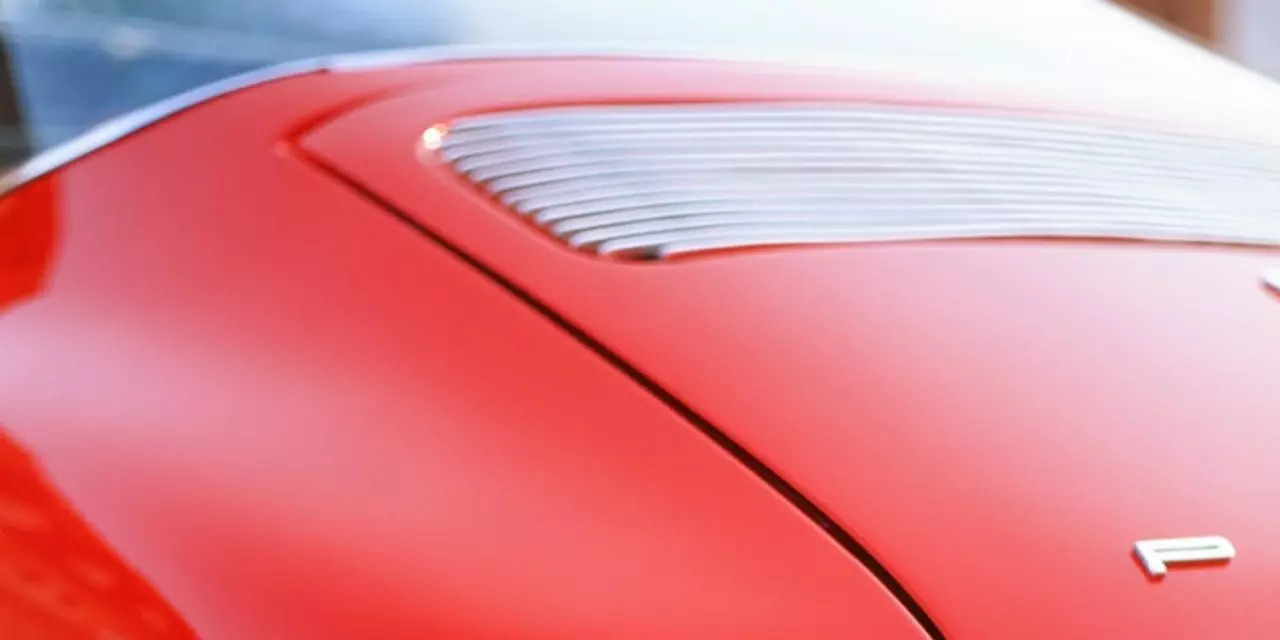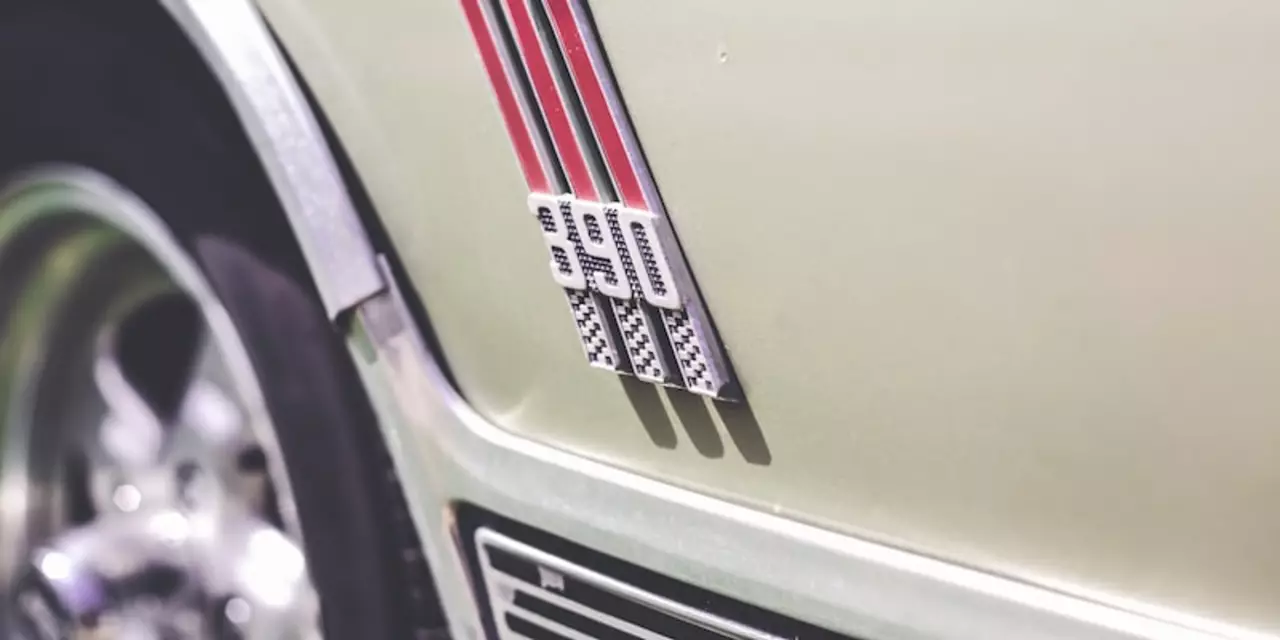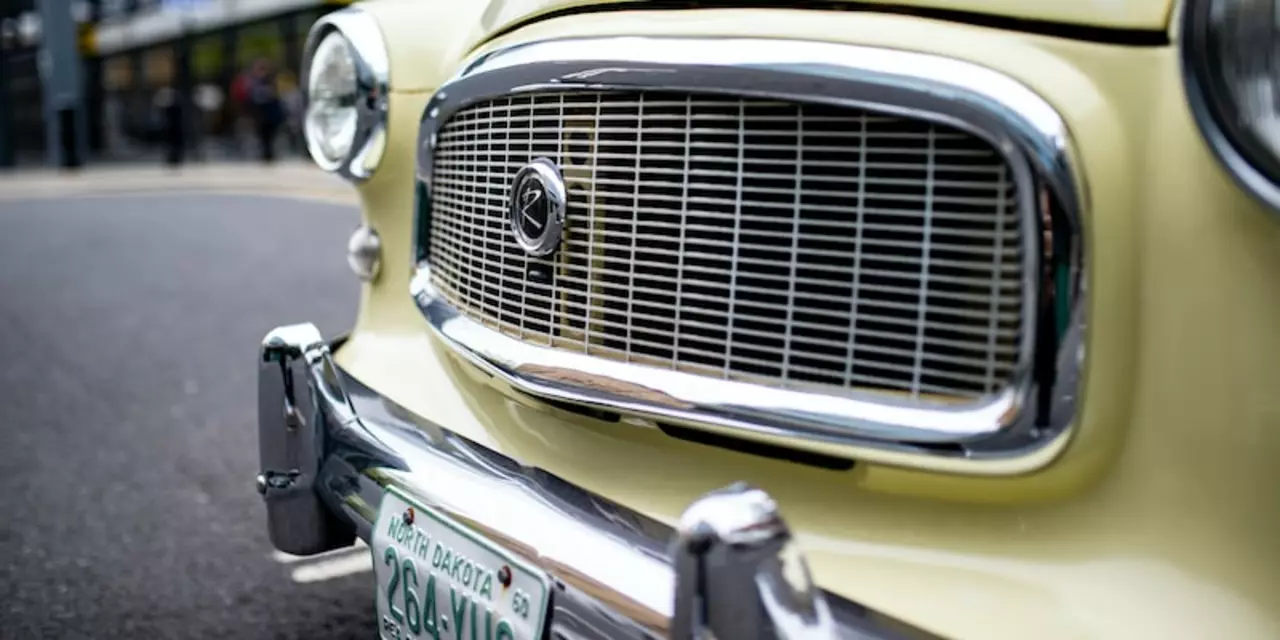Automotive Maintenance and Repair: Simple Steps to Keep Your Car Healthy
When your car starts acting up, the first instinct is to panic. But most issues are easy to spot and fix if you know what to look for. In this guide we’ll walk through the basics of automotive maintenance, focus on radiator health, and give you quick actions to stop overheating before it turns into a costly repair.
Understanding Your Car’s Radiator
The radiator is the heart of your cooling system. It takes hot coolant from the engine, lets air cool it down, and sends the cooled liquid back to keep temperatures safe. If the radiator can’t do its job, the engine overheats, fuel efficiency drops, and you risk major damage.
Common signs of a failing radiator include a rising temperature gauge, steam from the engine bay, or a sweet smell of coolant. Low coolant levels or a coolant leak are also red flags. Checking the radiator’s condition is as simple as opening the hood, looking for cracks, corrosion, or a low fluid line. If you see any of these, top up the coolant with the correct mix and keep an eye on the gauge.
One of our recent posts, “What does a car radiator do?”, breaks down the cooling cycle in plain language. The key takeaway: a well‑maintained radiator prevents the engine from running hotter than it should, which in turn protects seals, pistons, and the overall lifespan of the car.
Quick Fixes for Overheating Issues
If your car starts to overheat while you're driving, stay calm and act fast. Pull over safely, turn off the engine, and let it cool for at least ten minutes. Open the hood just enough to let steam escape—never remove the radiator cap while the engine is hot.
After it cools, check the coolant reservoir. If it’s low, add a 50/50 mix of coolant and water. If the coolant looks dirty or rusty, it’s time for a flush. A simple coolant flush can be done at home with a garden hose and a flushing kit, but if you’re not comfortable, a quick visit to a shop will save you headaches later.
Another frequent problem is a cracked radiator. Our article “What happens if your car overheats and the radiator cracks?” explains how a crack can cause leaks and lead to engine seizure. A cracked radiator usually needs replacement, but sometimes a temporary sealant can get you to a mechanic without leaving you stranded.
Regular maintenance checks can stop most of these issues before they appear. Set a reminder to inspect coolant levels every month, especially before long trips or extreme weather. Look for rust or debris around the radiator fins and clean them with a soft brush to improve airflow.
Beyond the radiator, basic automotive upkeep adds up. Change the oil every 5,000‑7,500 miles, replace air filters, and keep tire pressure correct. These small steps reduce engine strain and keep your car’s cooling system from working overtime.
In short, know what your radiator does, watch for early warning signs, and act quickly if overheating occurs. Pair those habits with regular oil changes and filter swaps, and you’ll enjoy a smoother, longer‑lasting ride without the surprise of expensive repairs.
What problems can a bad radiator cause in your car?
- Thomas O'Reilly
- Mar 7 2023
- 0 Comments
A bad radiator can cause a number of problems for a car. It can lead to a loss in cooling efficiency, resulting in the car overheating, which can lead to a breakdown or damage to the engine. It can also cause the car to overheat when stationary, leading to a shortening of the car's life. Furthermore, it can lead to a decrease in fuel efficiency as the engine has to work extra hard to maintain temperature. Lastly, a bad radiator can lead to a loss of power, as the engine is running at a higher temperature than normal.
View MoreWhat does a car radiator do?
- Thomas O'Reilly
- Mar 3 2023
- 0 Comments
A car radiator is an integral part of the cooling system of a car. Its primary role is to keep the engine from overheating by transferring heat away from the engine and circulating coolant throughout the system. It works by transferring heat from the hot coolant to the air that passes through the radiator. The radiator is made up of a series of small tubes which allow the coolant to pass through and be cooled by the air. The coolant is then circulated back to the engine block to absorb more heat and the cycle repeats itself. The radiator is also responsible for regulating the temperature of the engine and ensuring that it stays within a safe operating range.
View MoreWhat happens if your car overheats and the radiator cracks?
- Thomas O'Reilly
- Feb 18 2023
- 0 Comments
If your car overheats, it can cause the radiator to crack. This can cause the radiator to leak and the engine to seize up. If the engine seizes up, it will need to be replaced or rebuilt. If the radiator is cracked, it will need to be replaced and refilled with coolant. It is important to regularly check your coolant levels, as well as keep an eye on the temperature gauge, to ensure your car does not overheat.
View More

